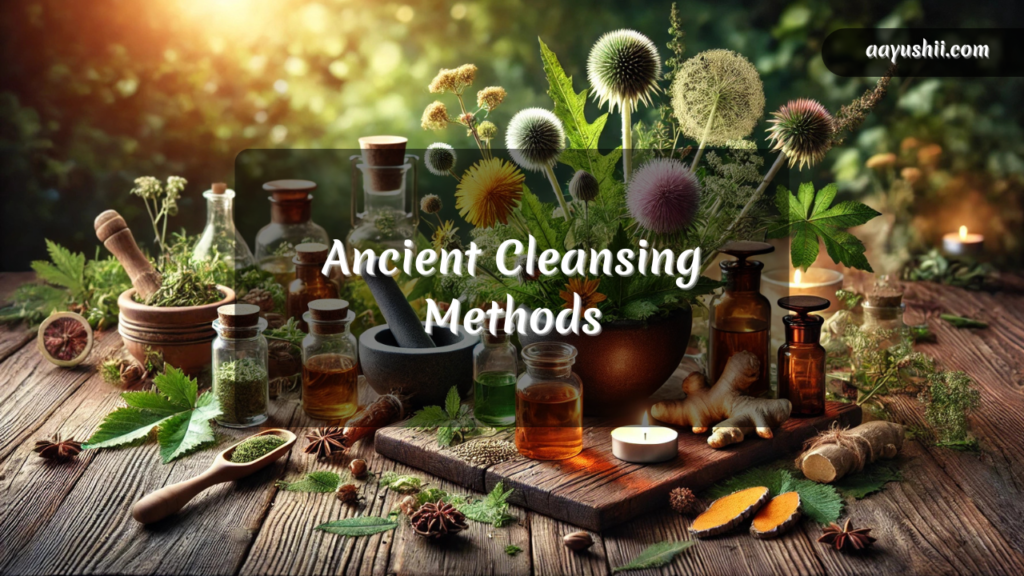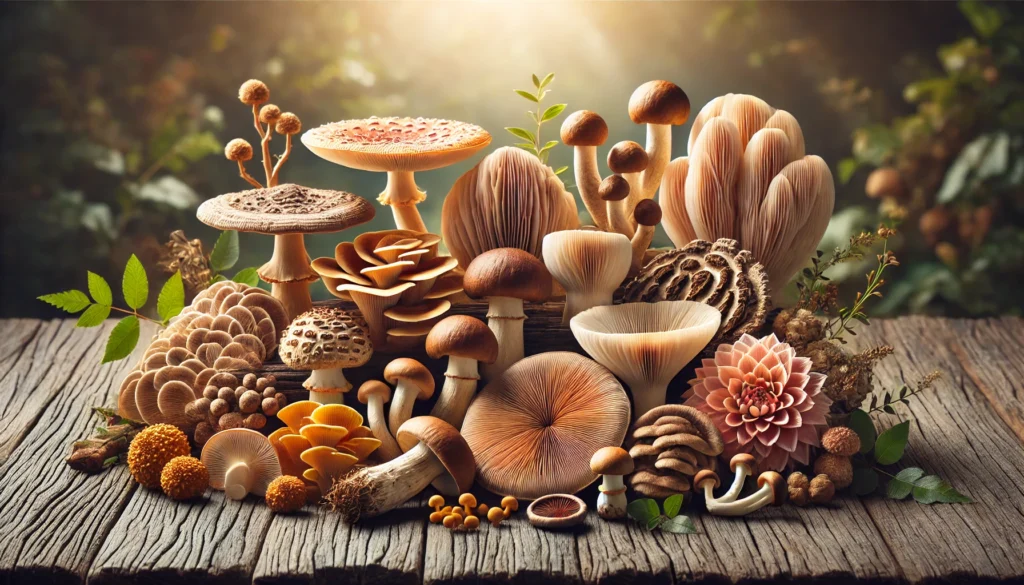Modern life is packed with toxins—processed foods, polluted air, and hidden chemicals that slowly burden your body. Thankfully, your liver, kidneys, skin, and lymphatic system work around the clock to filter out waste. But when these natural detox systems get overwhelmed, toxins build up, leading to sluggish metabolism, stubborn weight gain, and low energy.
That’s where herbal detox cleansing methods come in. Used for centuries, these natural approaches support your body’s built-in detox pathways, helping to clear out waste, improve digestion, and restore balance. With the right herbs, time-tested cleansing methods, and simple lifestyle tweaks, you can give your body the reset it needs to function at its best—naturally.
Table of Contents
How Ancient Cultures Mastered Herbal Cleansing
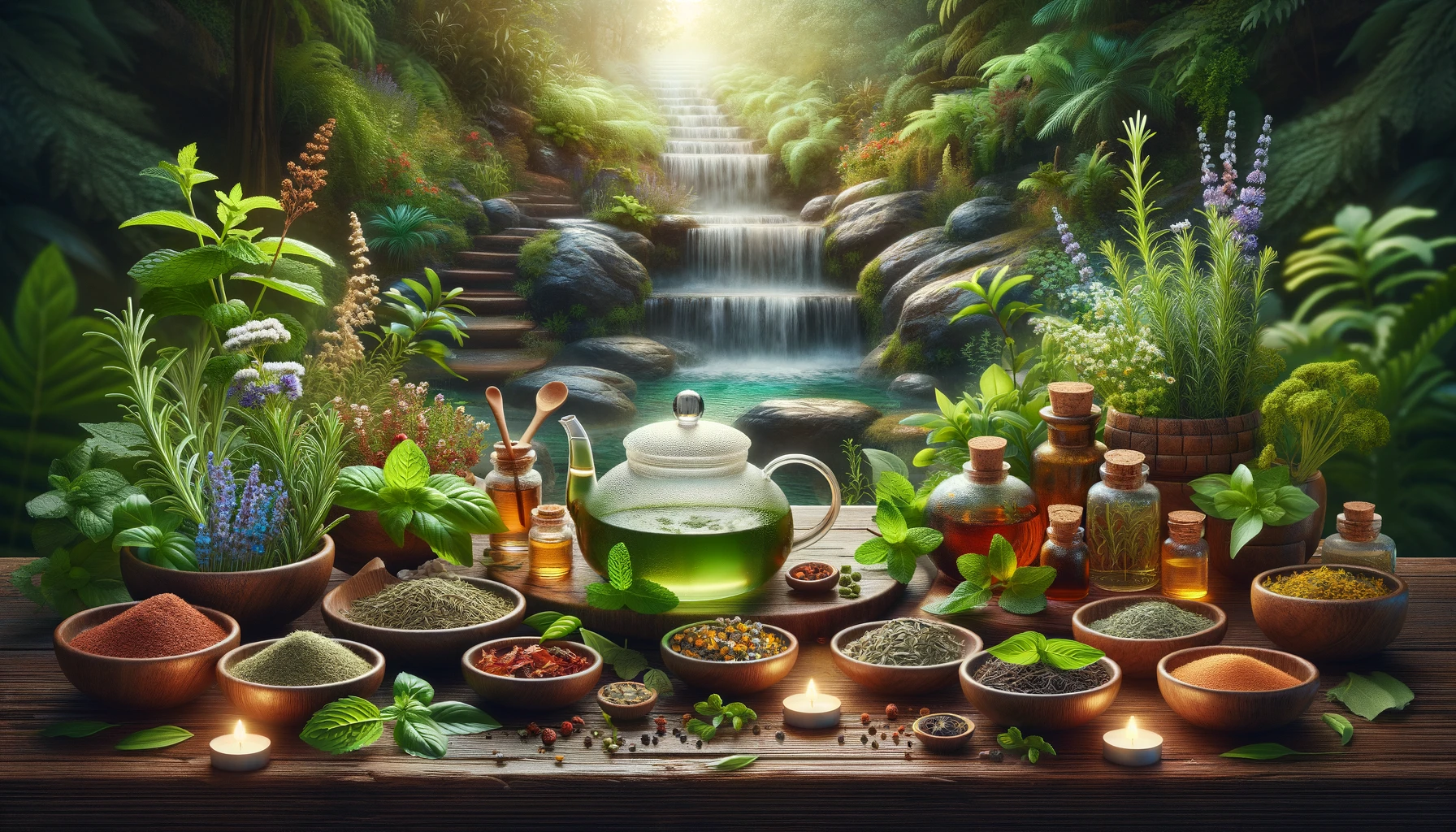
If you think about it, we’re hardly the first people to realize that nature is jam-packed with healing magic. Long before lab-made medications and fancy machines, our ancestors from all corners of the globe relied on plants to handle practically everything—including a good old-fashioned body cleanse. Let’s peek at a few ancient cultures and how they tackled detox:
Ancient Egyptian Cleansing Secrets
The Egyptians weren’t just into building pyramids and preserving bodies as mummies; they were also big on staying healthy. They often used herbs like garlic, aloe vera, and juniper to clear out their digestive tracts. On top of that, they engaged in ritualistic purgatives and enemas—because they believed spiritual purity and physical health went hand in hand. Talk about a holistic approach, right?
Ayurvedic Cleansing from India
Ayurveda is all about balancing the doshas (Vata, Pitta, and Kapha) to prevent the buildup of “ama” (aka toxins). Panchakarma, the signature detox program in Ayurveda, includes therapeutic massages with herbal oils, steam treatments, gentle laxatives, and even specific breathing exercises. It might sound intense, but these therapies have been used for literally thousands of years to keep the system squeaky clean and help restore that precious mind-body balance.
Traditional Chinese Medicine (TCM)
Ever heard of Qi? It’s the vital energy that TCM practitioners say flows through our bodies via meridians. When Qi gets stagnant or blocked, we can feel ill, tired, or just off. Ancient Chinese herbal detox blends often included ingredients like schisandra, ginger, and licorice root to help remove dampness, clear heat, or just reinvigorate that Qi. Paired with acupuncture, moxibustion, or cupping, these herbal approaches help the body release toxins.
Native American Purification
Most people have at least heard about sweat lodges, the steam-based ceremonies used by many Native American tribes. Sitting in that intense heat helps the body sweat out impurities, but it’s not just about the physical side. These ceremonies were often deeply spiritual events, supported by herbs like sage, cedar, or sweetgrass (burned for purification). The idea was that by cleansing the body, you also cleanse the heart and mind.
The Clear Connection Between Detox and Weight Management
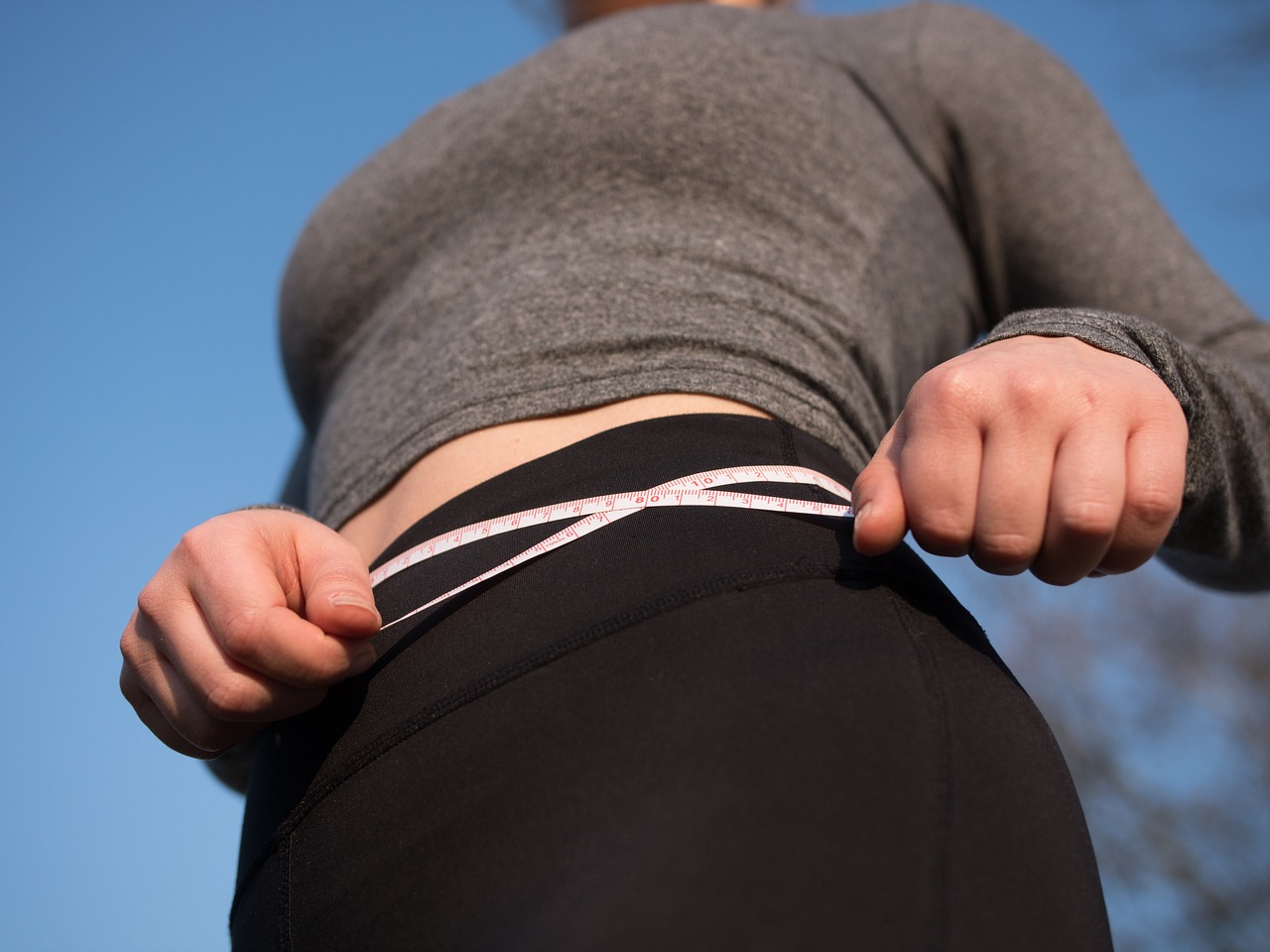
Let’s get real: one of the biggest reasons people want to do a detox is to drop a few pounds. But is it really as simple as sipping dandelion tea and magically losing weight? Well, yes and no.
How Detox Helps Weight Loss
- Better Digestion: Many herbs used in detox target the liver and digestive tract, promoting smoother digestion and healthier bowel movements. When your gut is working better, you’re less likely to deal with bloating, water retention, and other random discomforts that make you feel heavier than you are.
- Reduced Cravings: Herbs like cinnamon and licorice root can help balance blood sugar levels, which often translates into fewer “Oh my gosh, I need a donut NOW” moments.
- Hormonal Harmony: A happier liver can better process and clear out old or excess hormones. Considering that hormone imbalances are a common culprit behind weight gain (especially around the belly), a detox that supports endocrine balance can give you a big weight-management boost.
- Improved Metabolism: A system bogged down by toxins tends to run sluggish. It’s like driving a car with dirty oil. Clean the oil filter (and in this analogy, your liver) and your metabolism often revs right back up.
Weight-Loss Reality Check
Here’s what detox doesn’t do: it won’t replace a consistently unhealthy lifestyle. If you finish your 7-day cleanse and immediately go back to guzzling soda, skipping sleep, and stress-eating a bag of chips nightly, the weight’s not going anywhere (well, except back onto your waistline).
Detox should be viewed as a supportive jumpstart—a springboard to better habits like whole-food eating, regular exercise, and stress management. That’s where the real magic happens over time.
Meet Your Detox Allies: Herbs That Cleanse & Support Weight Goals
There are a TON of herbs that can assist your body in detoxification, each with its own special flair. Below, we’ll introduce some of the most popular ones you’ll see in detox teas, capsules, or holistic protocols. Consider them your new green (or brown and rooty) best friends.
1. Dandelion
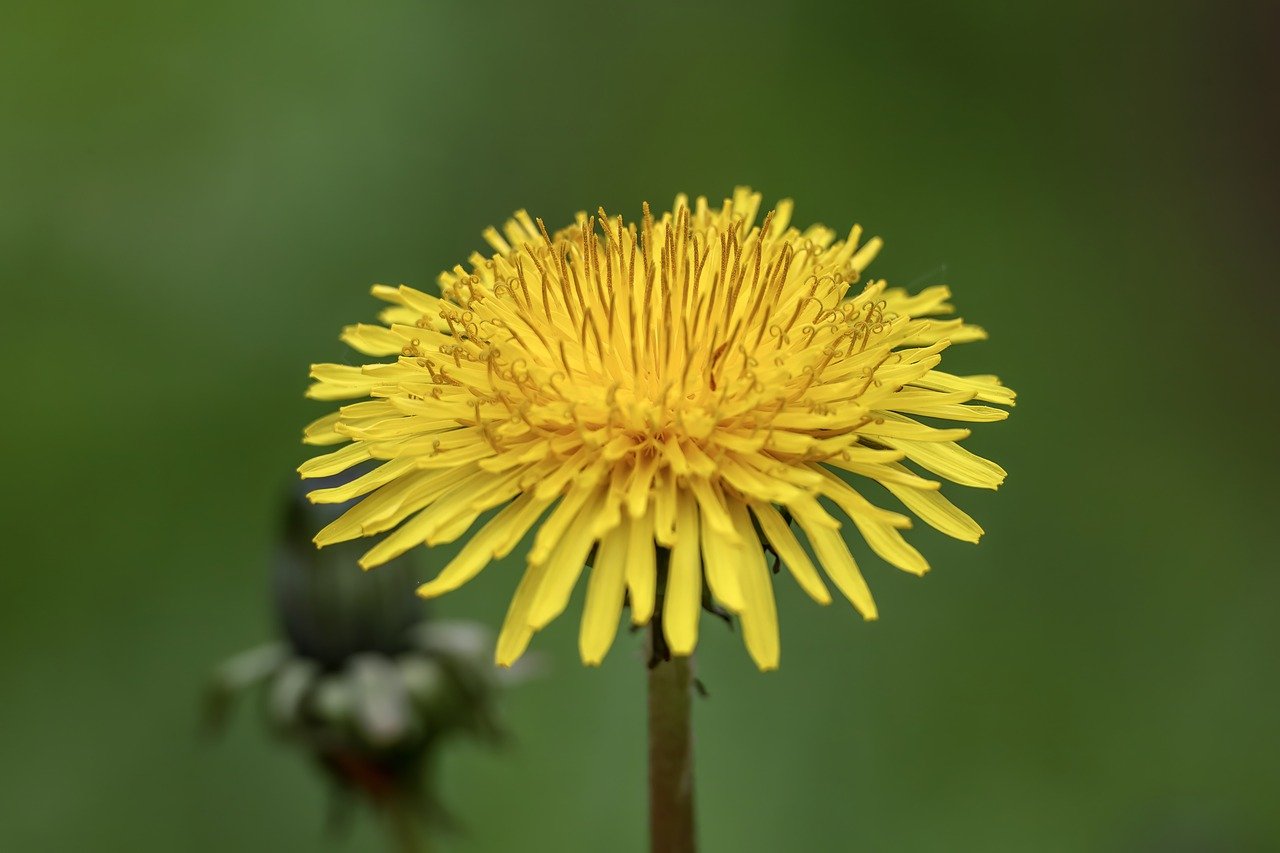
- What’s It Good For?
Dandelions might be your lawn’s worst enemy, but they’re a complete gem for your liver and kidneys. They’re naturally diuretic, which means they help flush out excess water (and some toxins) through urine. - Casual Tip: Sipping on dandelion tea after a rich meal can help you avoid that heavy, bloated feeling.
- Extra Perk: Packed with vitamins A, C, and K, so it’s more than just a weed—it’s basically a leafy multivitamin.
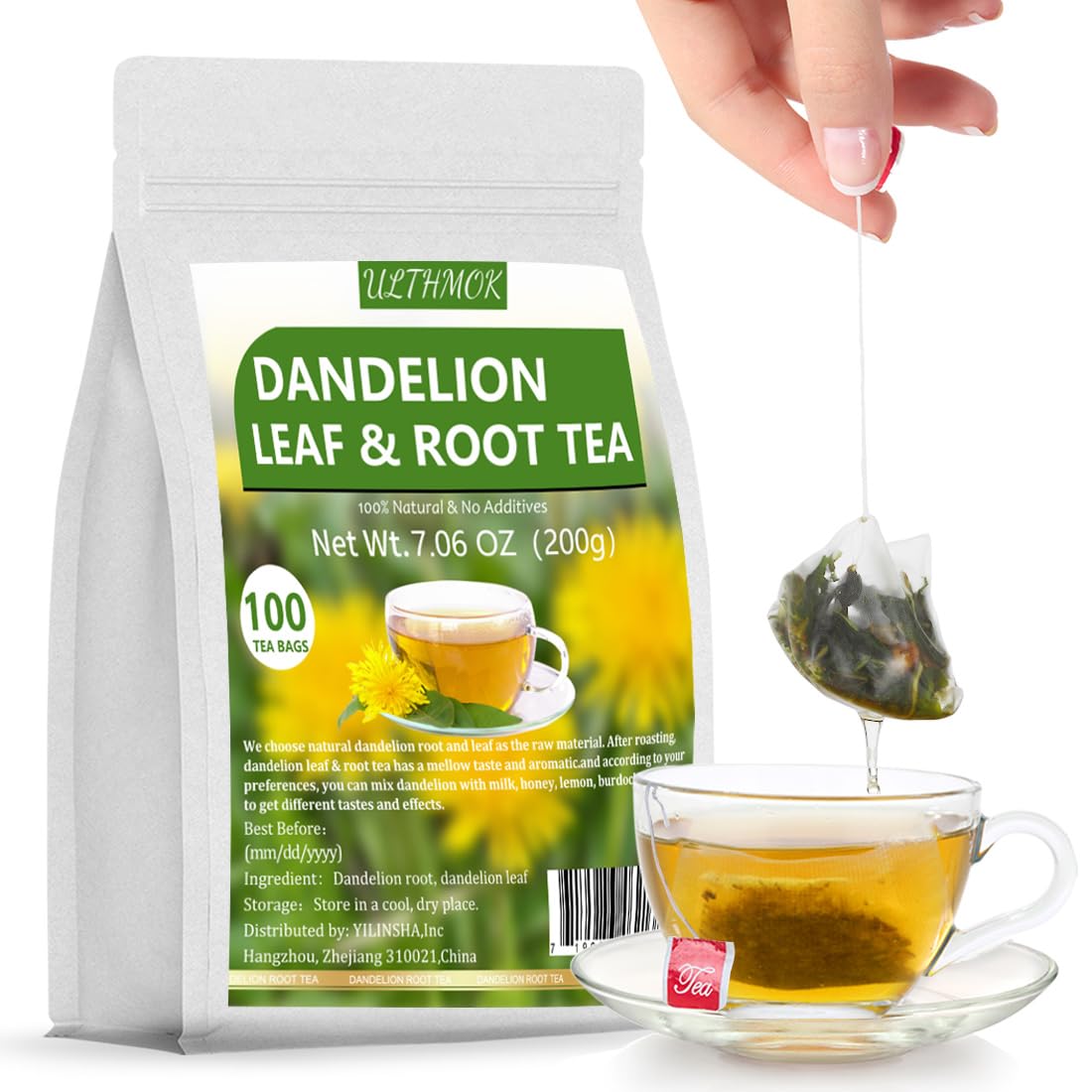
2. Milk Thistle
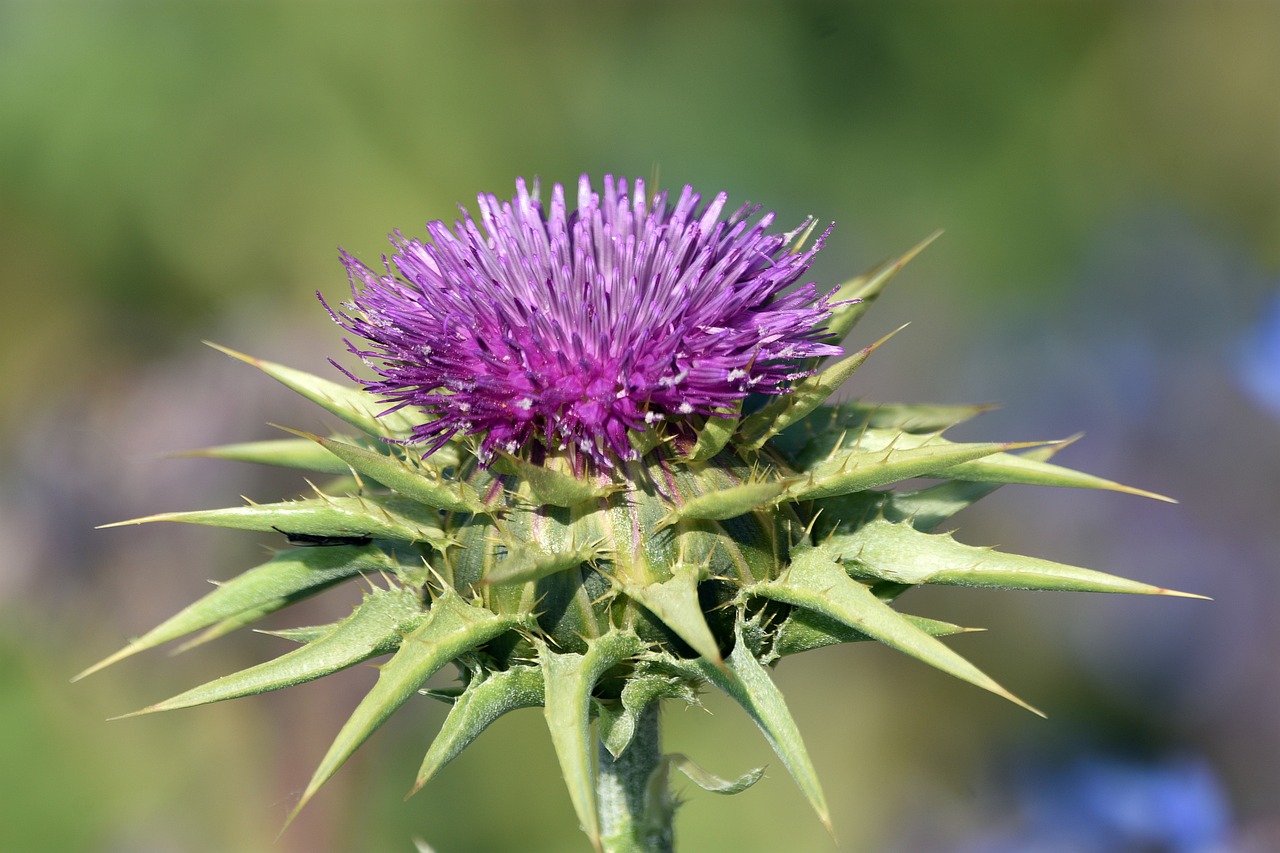
- Why People Love It
Milk thistle stands out because of silymarin, a compound known to help regenerate liver cells. If your liver’s been working overtime (think multiple cocktails, daily meds, or exposure to chemicals), milk thistle can be a big ally. - Pro Tip: Look for standardized extracts (commonly found in capsule form) if you want a more exact dosage of silymarin.
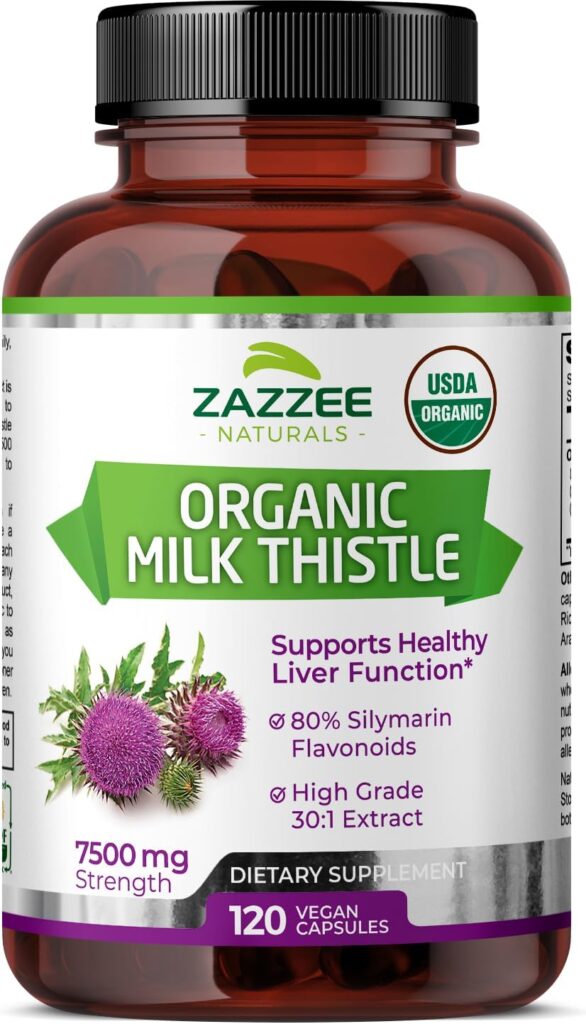
3. Burdock Root
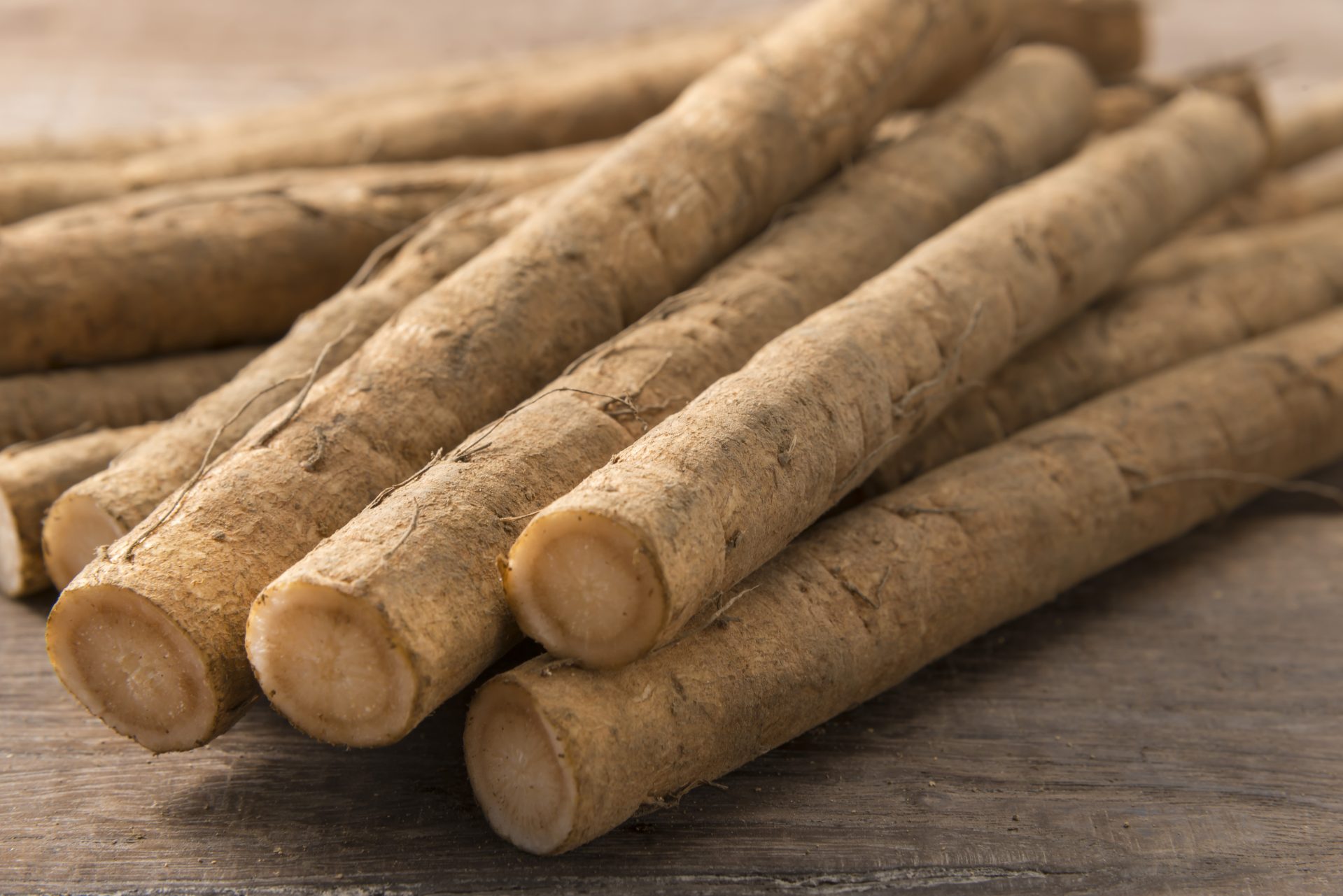
- The “Blood Purifier”
Burdock root has been celebrated for centuries as a blood cleanser. It’s also a diuretic and contains inulin—a beneficial prebiotic fiber that your gut bacteria absolutely adore. - Casual Consumption: Try making a burdock root decoction: simmer it for about 15-20 minutes. It has an earthy, slightly sweet flavor that pairs nicely with a hint of honey.
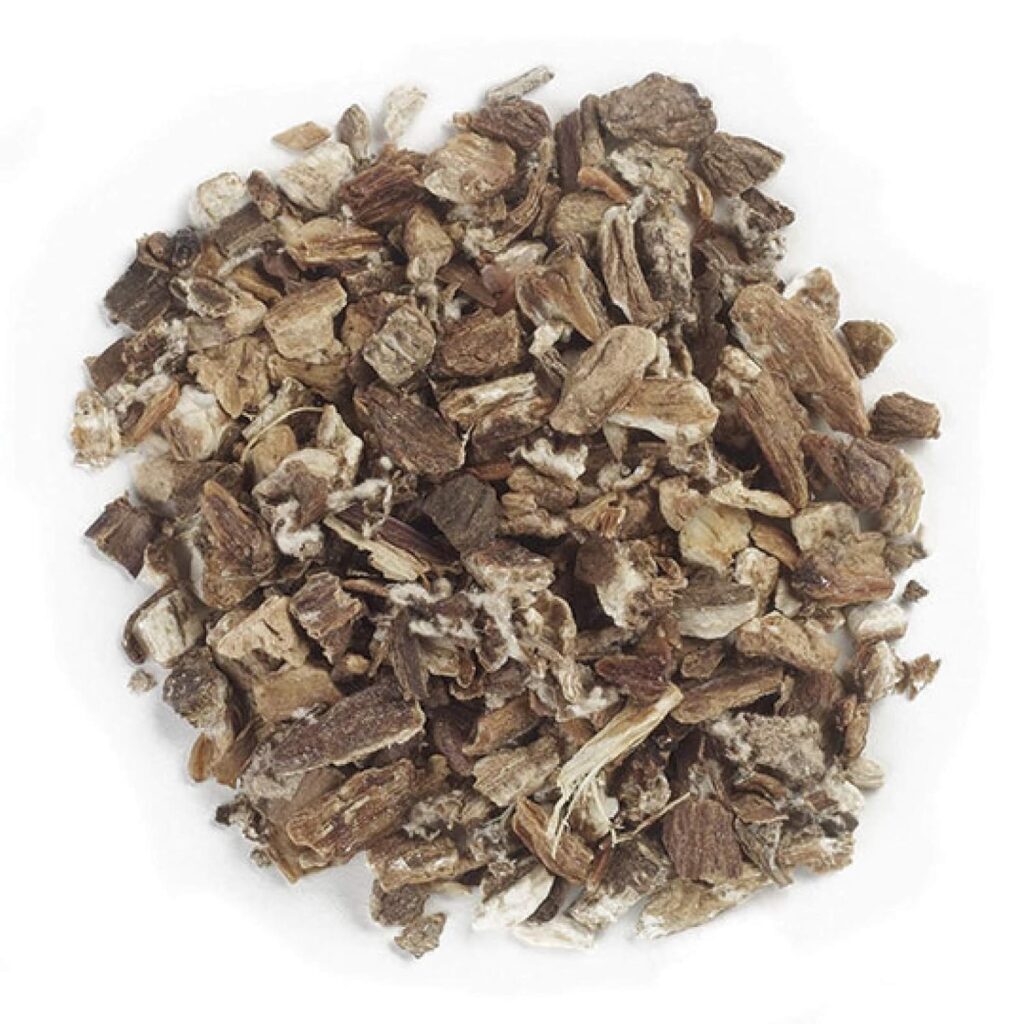
4. Ginger
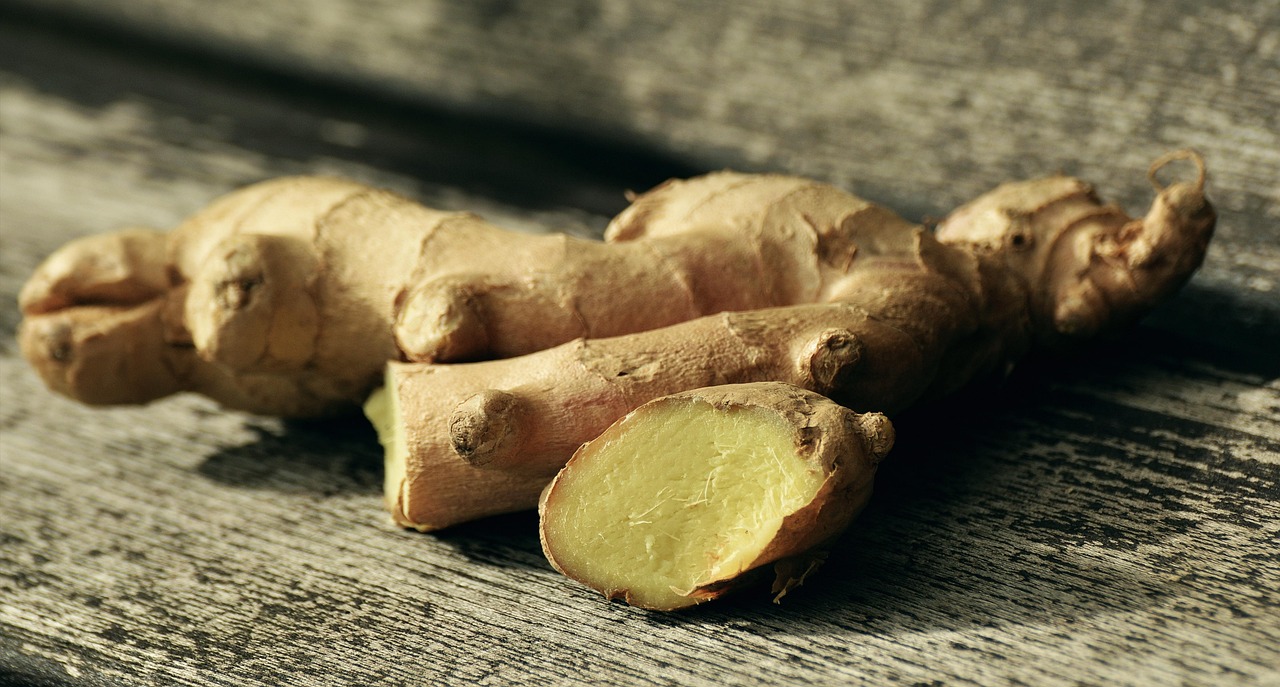
- Spicy and Warming
Ginger is famous for its anti-inflammatory properties and for boosting circulation. A healthy blood flow and a warm digestive tract are critical for moving toxins out. Ginger also helps with nausea, which can be a perk if you’re sensitive during a cleanse. - Kitchen Hack: Keep fresh ginger root in your fridge. Grate it into hot water for a quick tea or add it to stir-fries and soups for a detox-friendly zing.
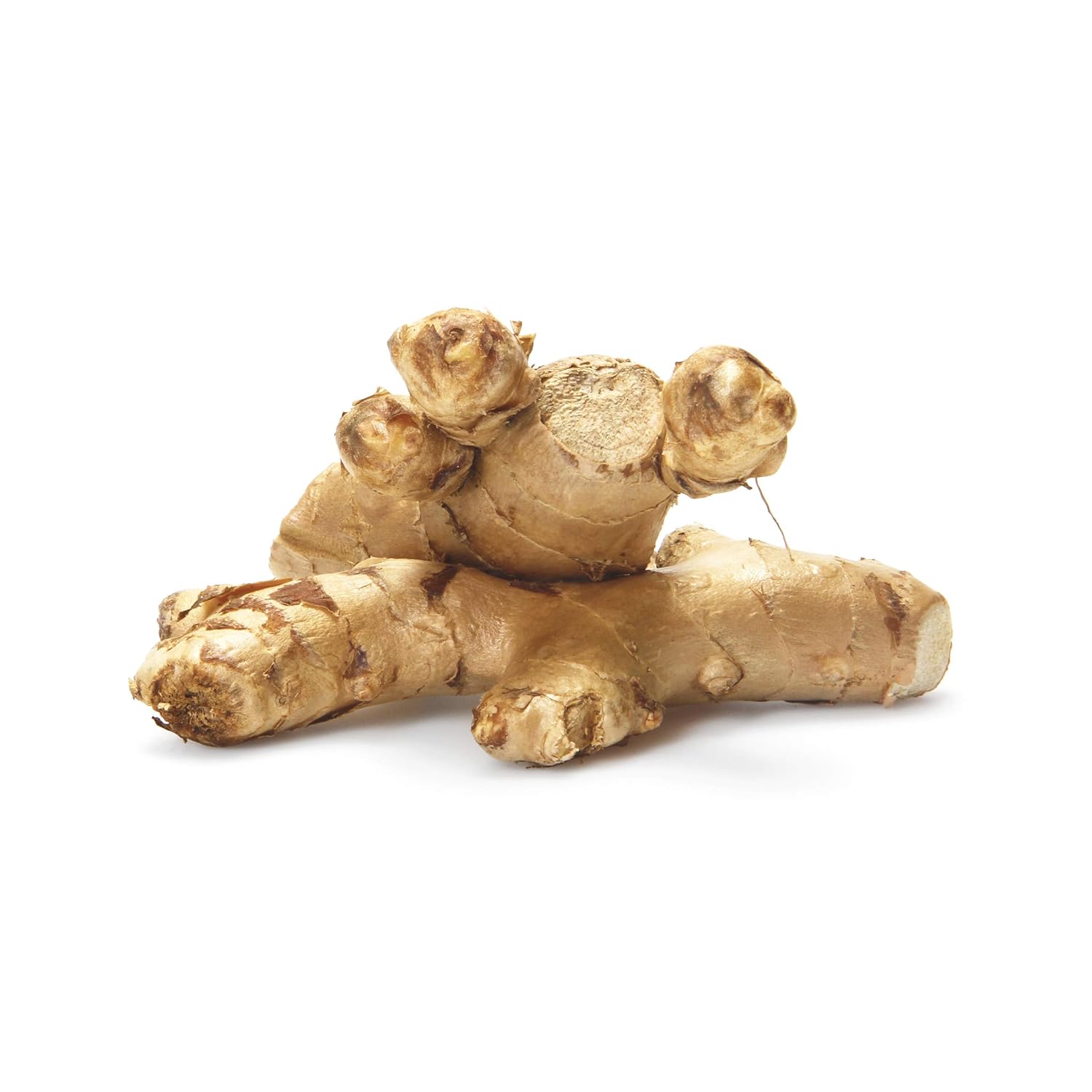
5. Turmeric
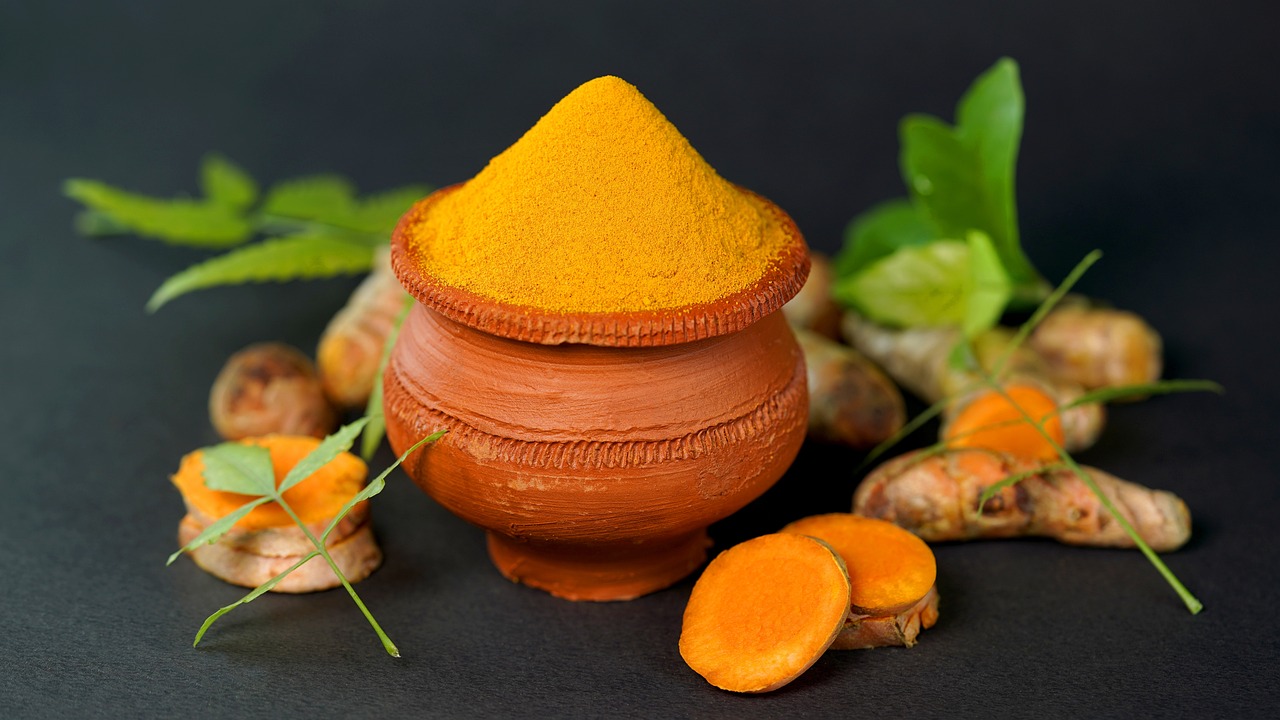
- The Glow-Giver
If you’re into healthy food trends, you’ve probably tried “golden milk” or “turmeric lattes.” Turmeric’s curcumin is a champion at reducing inflammation and improving liver detox pathways. - Fun Fact: Pair turmeric with black pepper, which contains piperine, to increase curcumin’s absorption in the body.
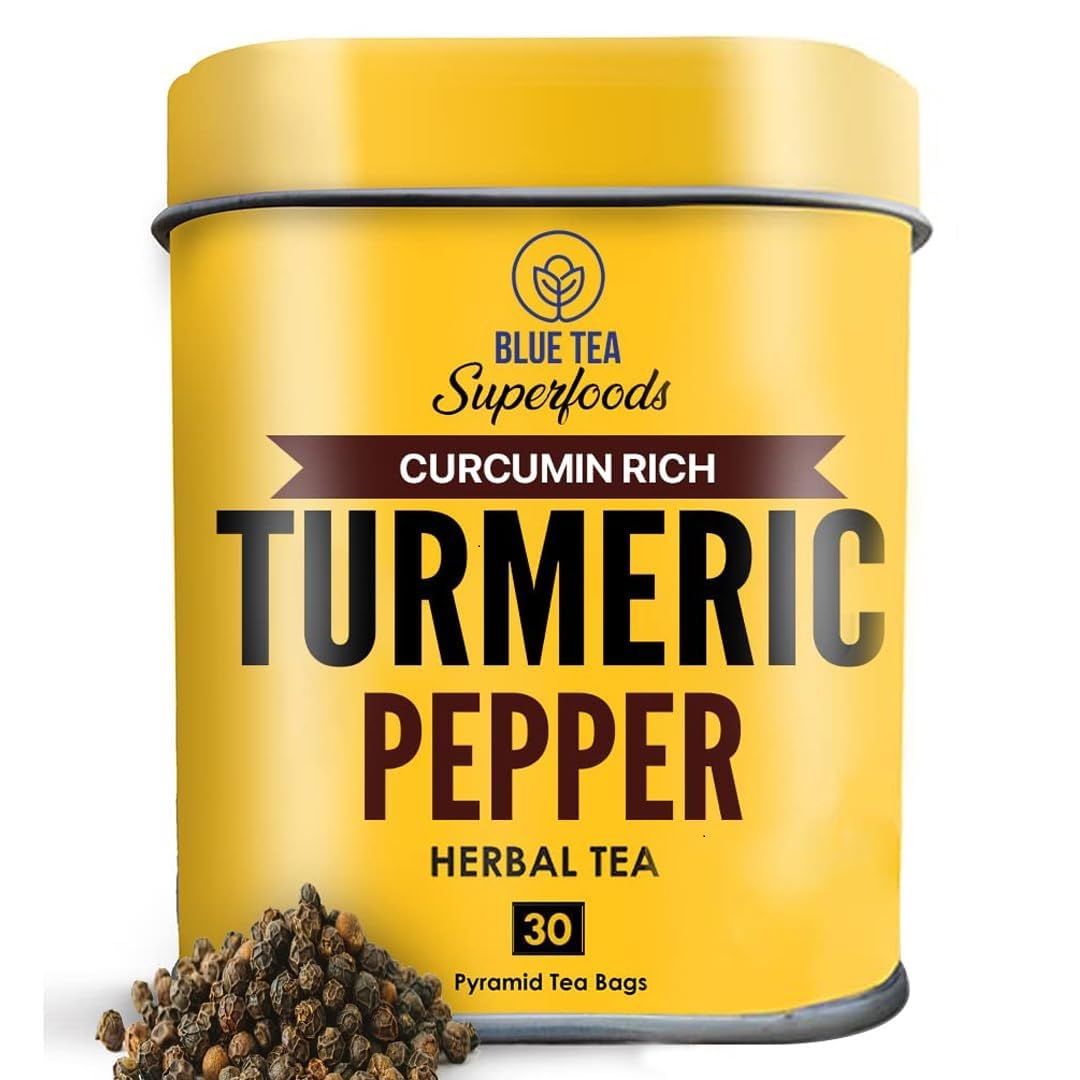
6. Neem
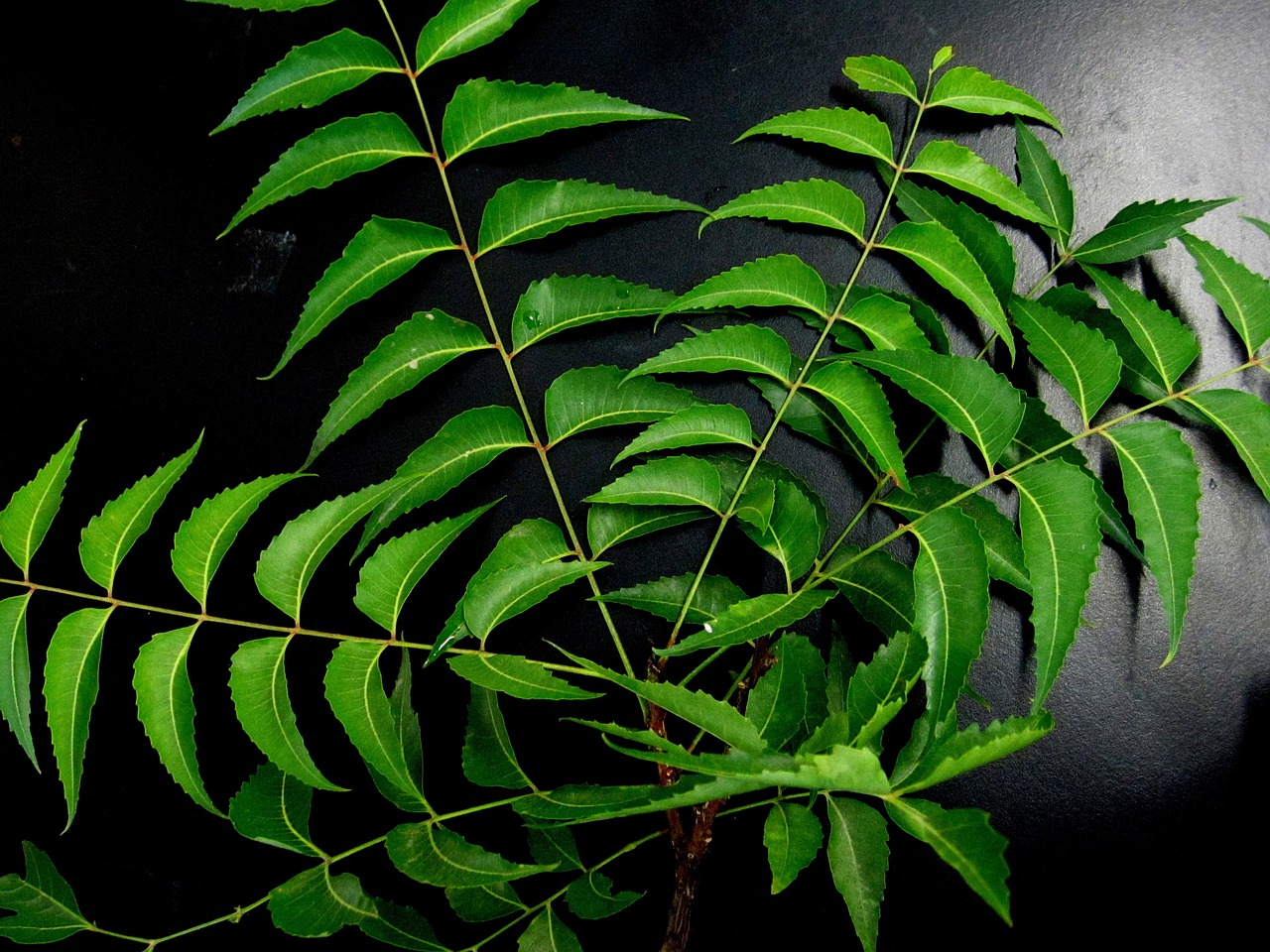
- Bitter but Powerful
Neem is an all-purpose “cleanser” in Ayurveda, known for its antibacterial and antifungal properties. It helps clean the blood, supports the liver, and can even tackle certain parasites. - Taste Warning: Neem is bitter. In the herbal world, “bitter” often means “detox superstar,” but you might want to take neem in capsule form if you’re not into the taste.
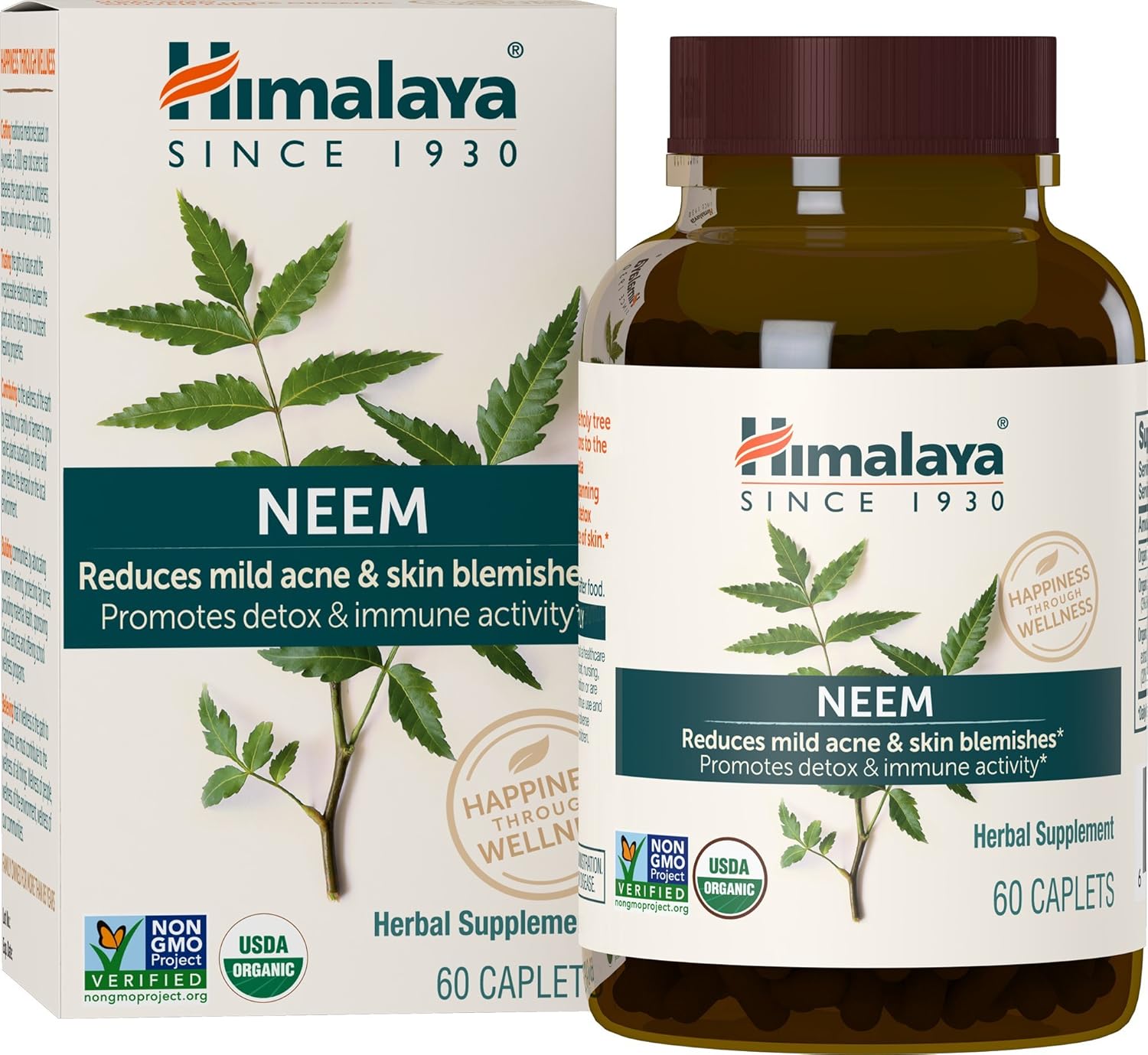
7. Triphala
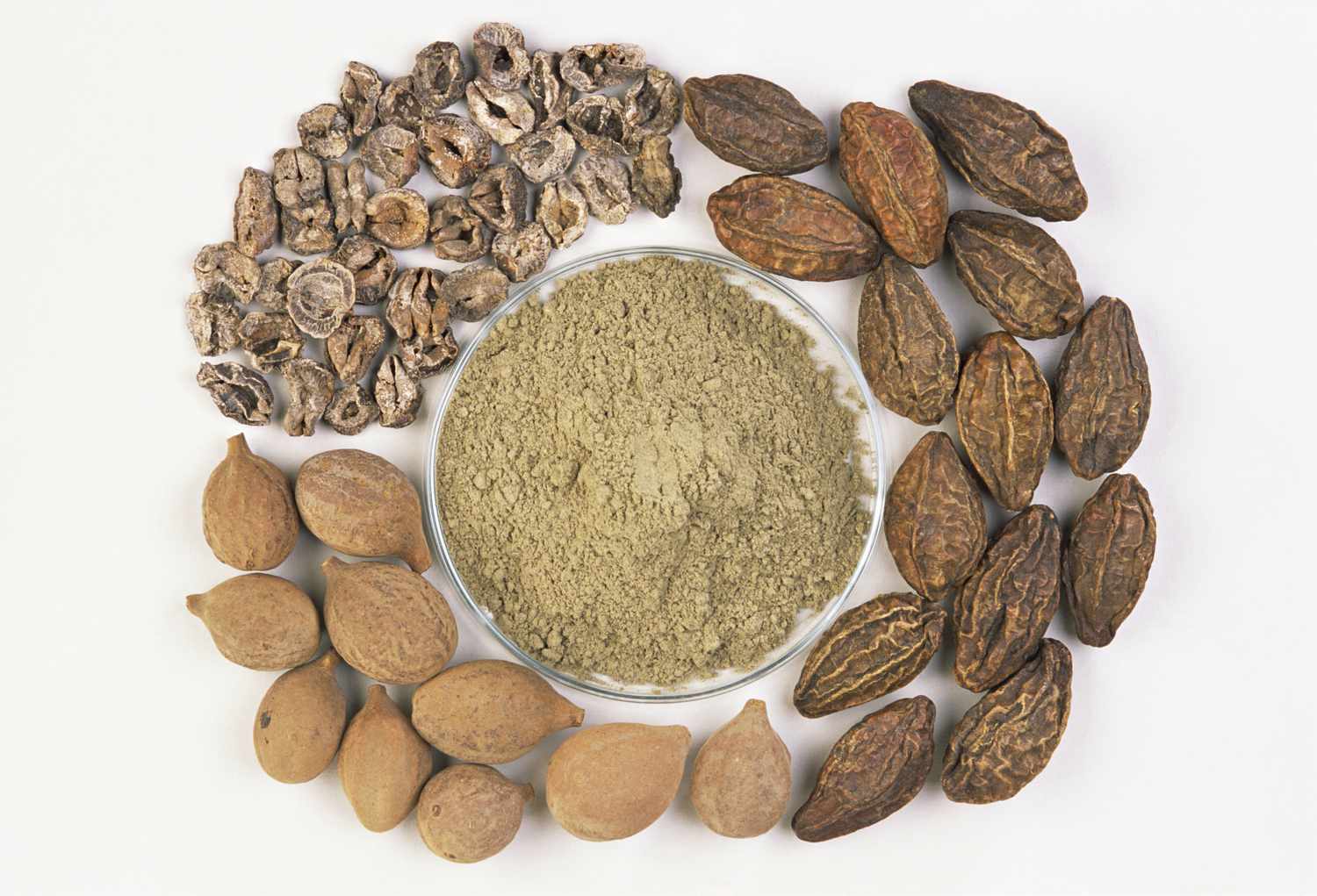
- Gentle Tummy Support
Triphala literally translates to “three fruits”: amla, bibhitaki, and haritaki. Combined, they create a concoction that helps keep your bowel movements regular and fosters a balanced gut environment. - When to Take: Many people take triphala at night before bed. It’s known for being gentle—so you’re not running to the bathroom at 3 AM (usually). But always monitor your own response.
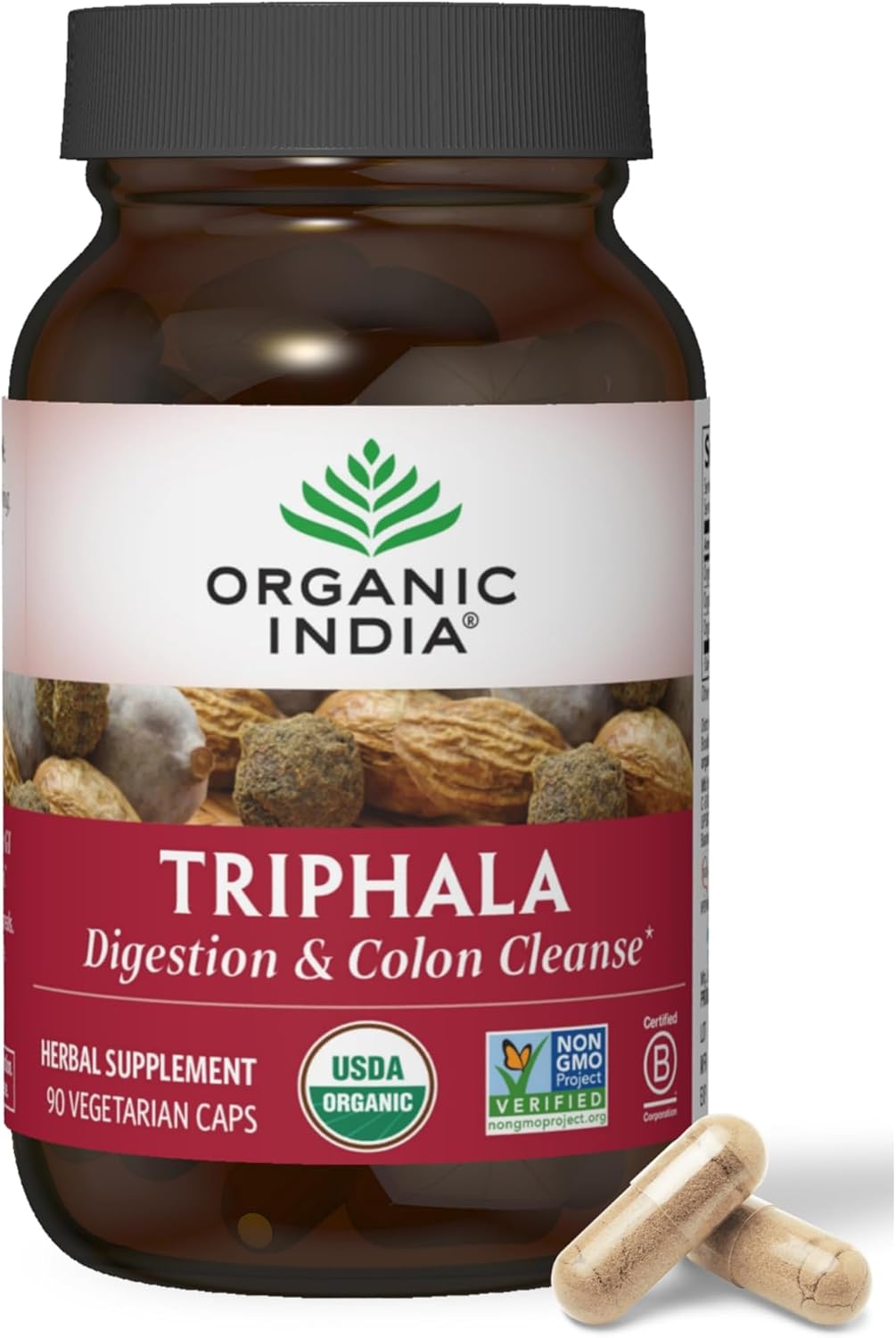
8. Schisandra

- The Adaptogen With Five Flavors
Schisandra berry is revered in Traditional Chinese Medicine for supporting the liver, boosting energy, and helping the body adapt to stress (hence “adaptogen”). Some say the berries have all five basic flavors—sweet, sour, salty, bitter, pungent—in one. - If You’re Stressed: Schisandra might help keep your cortisol in check during a detox, which is super important for weight management.
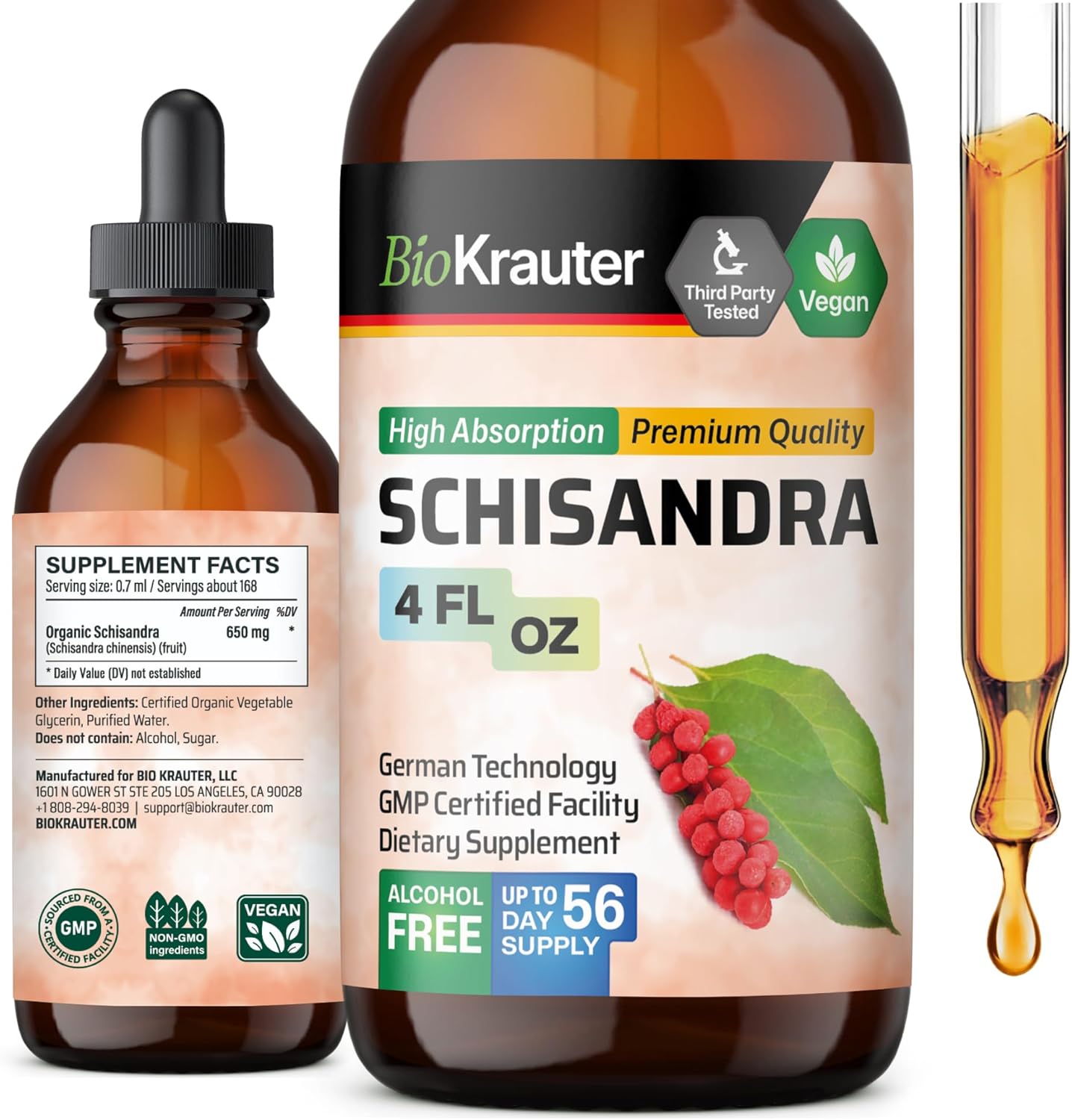
9. Cinnamon
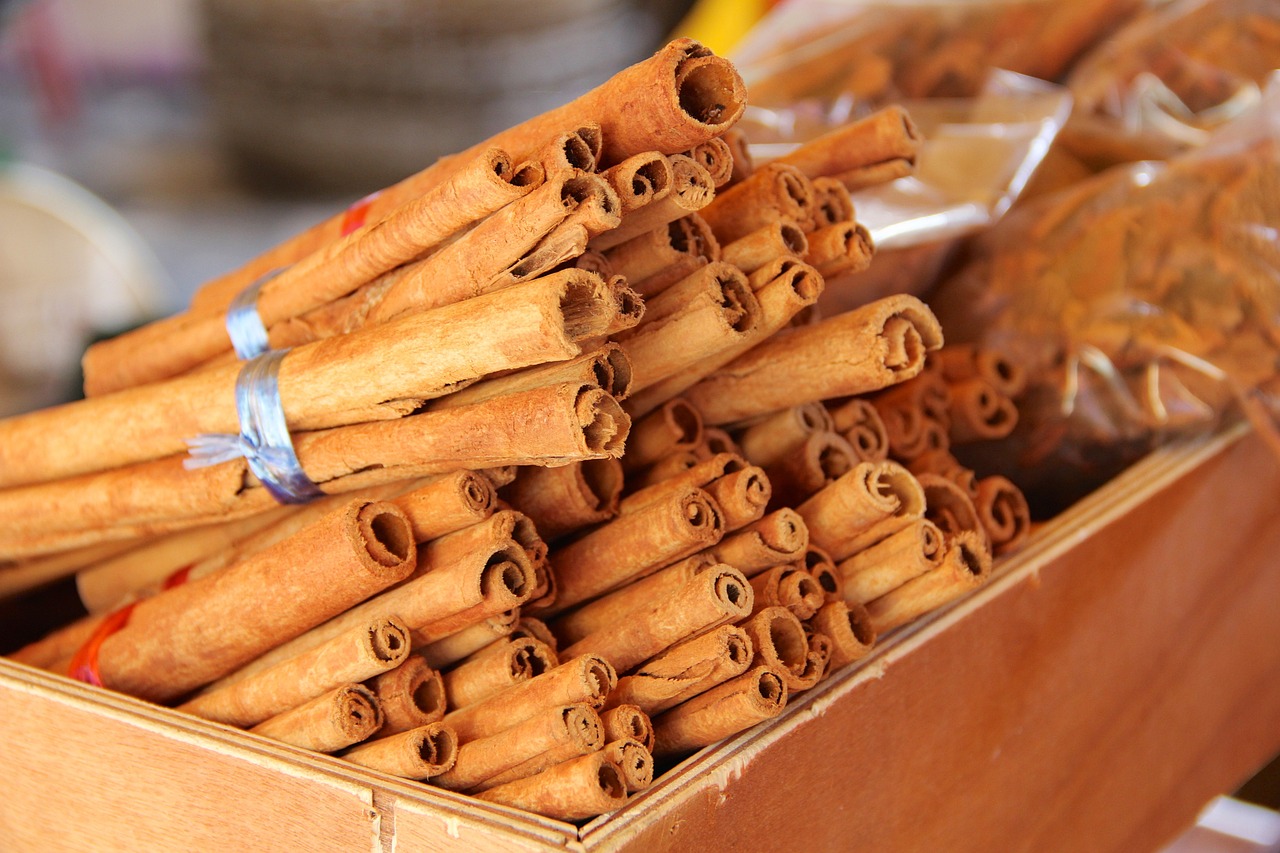
- Sweetness Without the Sugar
Cinnamon is a blood sugar balancer, helping you avoid dramatic insulin spikes that can lead to weight gain. It’s also tasty, which is a huge plus when you’re giving up the usual sweet treats. - Easy Addition: Sprinkle on oatmeal or your morning latte, or brew a cinnamon stick in water for a mild tea.
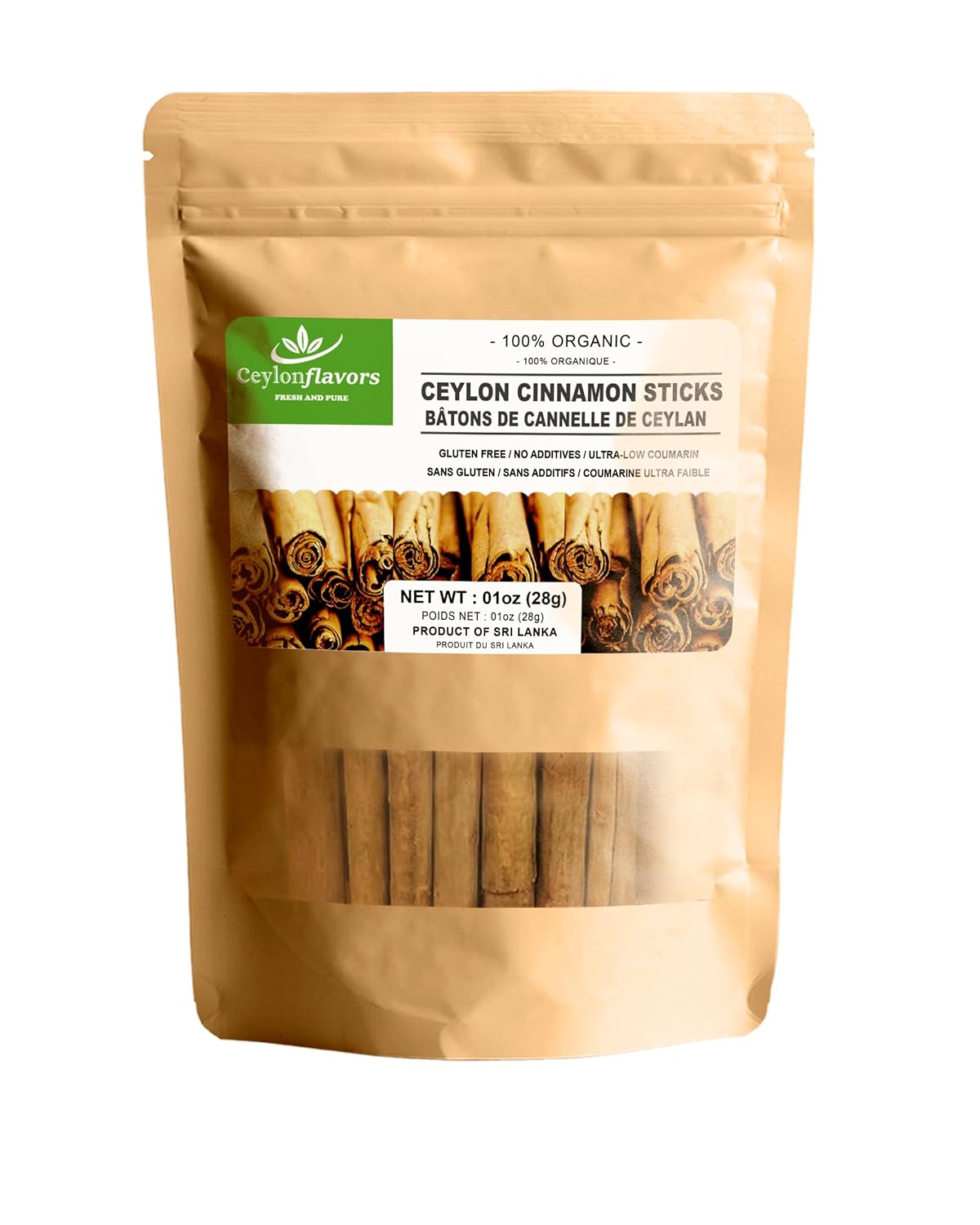
10. Licorice Root
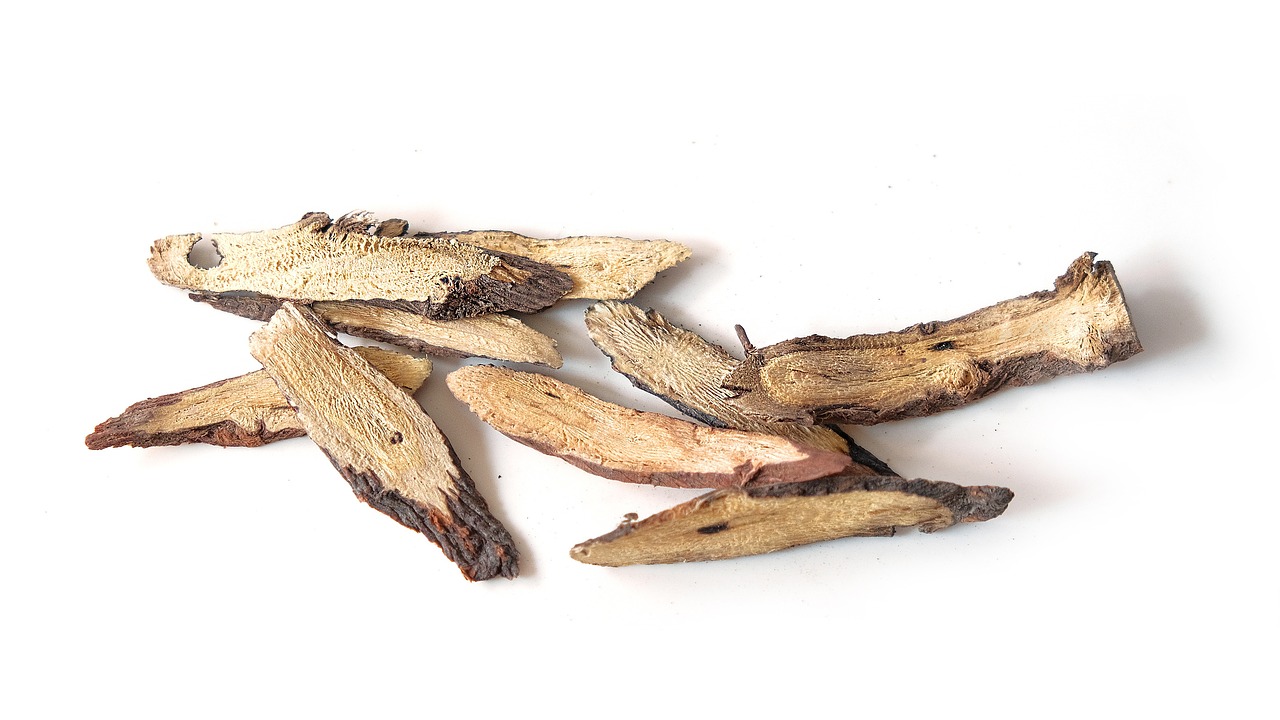
- Adrenal Ally
Licorice root is a demulcent (soothing) herb, frequently recommended for people dealing with stress or mild digestive irritation. Just watch out if you have high blood pressure—licorice can push it up further. - Flavor Note: It’s sweet with that distinctive licorice-y flavor, so it often sneaks into herbal tea blends. If you’re not a fan of black licorice candy, you might find this herb a bit off-putting, so test small quantities first.
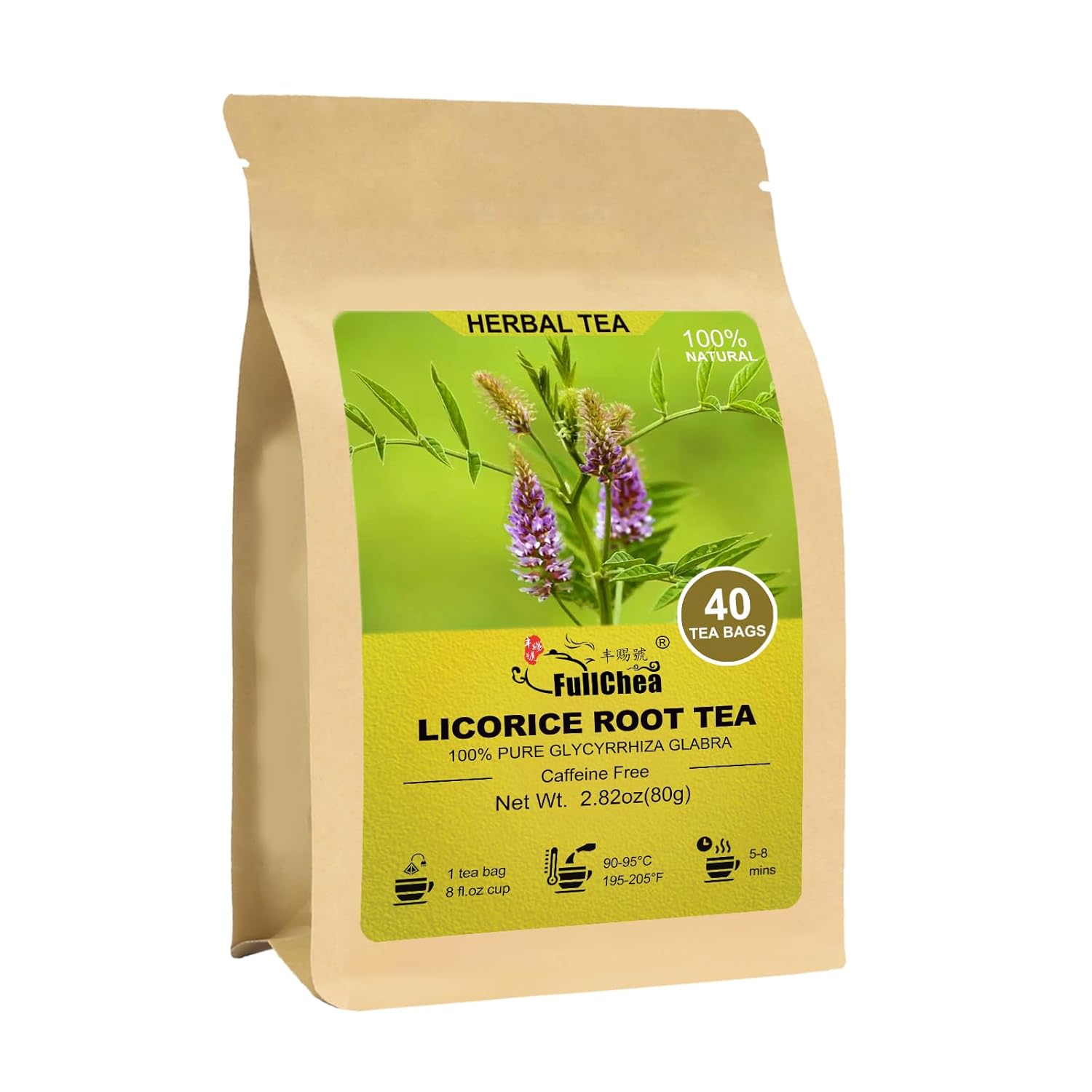
Preparing Your Herbs: Tinctures, Teas, Baths & More

Let’s be practical. How do you actually use these herbs in everyday life?
- Teas & Infusions: Perfect for leaves and flowers (like dandelion leaves). Steep in hot water for about 5–10 minutes.
- Decoctions: Great for roots and barks (like burdock root). Simmer them for 15–30 minutes to extract the good stuff.
- Tinctures & Extracts: These are concentrated forms, typically made with alcohol or glycerin. A few drops in water can go a long way—convenient if you’re on the go.
- Capsules & Powders: Easy for consistent dosing, though you might pay a bit more compared to buying in bulk.
- Herbal Baths: Toss some ginger or rosemary into a hot bath (often best done by making a tea first, then pouring it in) to encourage sweating and relaxation.
- Poultices: Less common for general detox, but some traditions apply herb pastes directly to the skin to draw out toxins from localized areas.
Unpacking Ancient Rituals: Ayurvedic, TCM, Native American & Egyptian Cleansing
If you’re feeling adventurous, you might want to try incorporating aspects of these more structured, culturally rich cleansing rituals. Here’s a quick breakdown:
Ayurveda’s Panchakarma

- Snehana (Oil Therapy): They use medicated oils both internally and externally (massage) to loosen toxins.
- Swedana (Sweat Therapy): Herb-infused steam or sweat therapies to open pores and mobilize toxins.
- Virechana (Therapeutic Purgation): Specific herbal laxatives help flush out toxins from the intestines.
- Basti (Enemas): Herbal enemas can restore colon health, although this should be overseen by a qualified practitioner.
- Nasya (Nasal Cleansing): Herbal oils or powders administered through the nose to clear the head region.
Traditional Chinese Medicine (TCM) Cleanses

- Herbal Formulas: Customized blends to treat whatever imbalance your TCM practitioner diagnoses—often addressing “heat” or “dampness” in the body.
- Cupping or Moxibustion: Encourages blood and Qi flow, which indirectly helps toxin removal.
- Dietary Adjustments: Possibly restricting “cold” or “damp” foods (like dairy) while increasing warming foods like ginger, garlic, and onions.
Native American Sweat Lodges

- Intense Heat: Stones heated in a fire are placed inside a dome-like structure, water is poured over them to create steam.
- Herbal Support: Sage or cedar can be burned for ceremonial purification, and the participants might also drink specific herbal teas.
- Spiritual Emphasis: Often involves prayer, chanting, or other communal rituals to support emotional and spiritual release.
Egyptian Purification

- Herbal Purgatives: Ancient Egyptians used enemas and herbal concoctions to thoroughly clear the digestive system.
- Aromatherapy: Frankincense, myrrh, and other resins or oils were also used for their cleansing and spiritually uplifting qualities.
- Bathing Rituals: Bathing in waters scented with aromatic oils and herbs was a common practice for both hygiene and energetic cleansing.
What to Eat (and Not Eat) During Your Detox
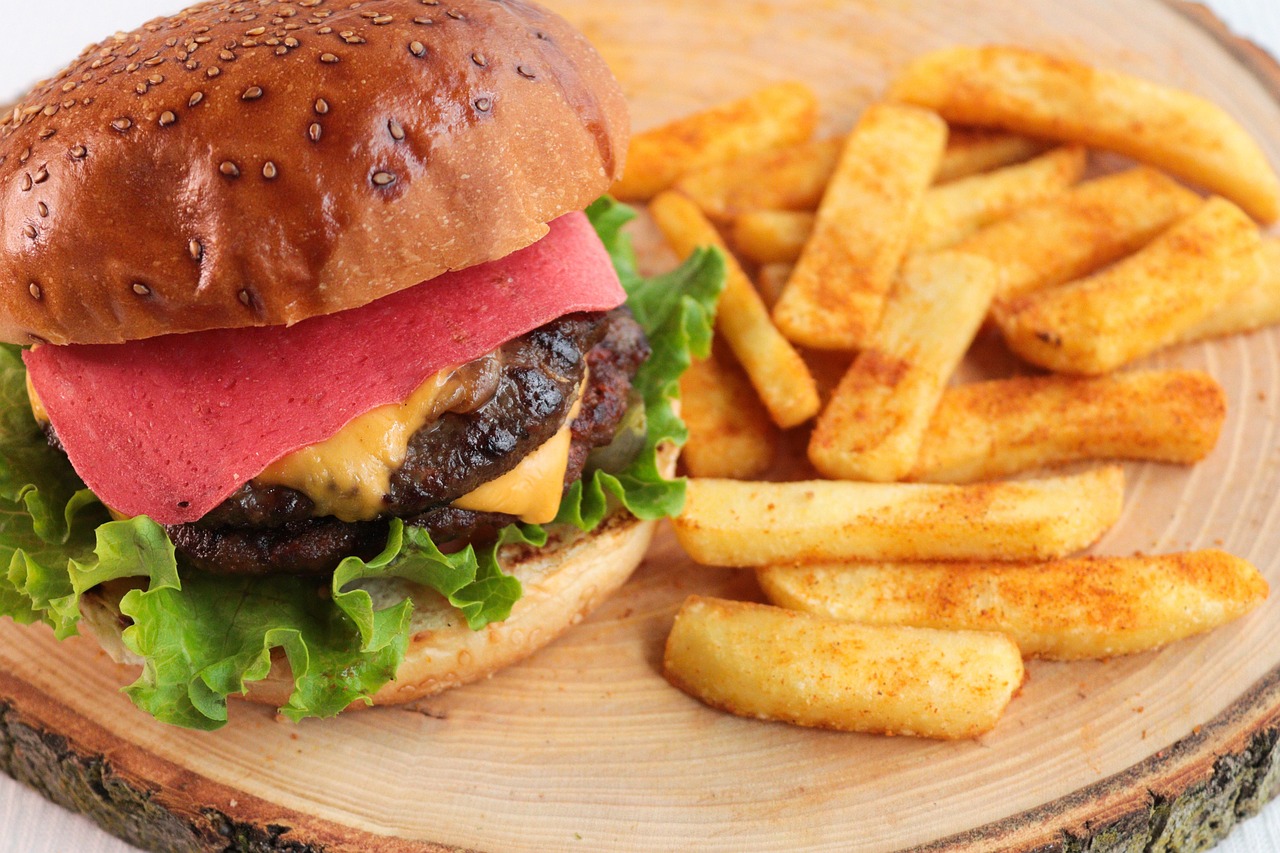
Picture this: you’re drinking your detox tea faithfully every day but still living on french fries, ice cream, and margaritas. Something tells me that might not work out so well. Here are some simple guidelines to keep your diet aligned with your cleanse:
- Ditch the Junk: This means heavily processed items, sugary snacks, soda, and trans fats.
- Go Whole: Aim for whole fruits, veggies, grains, legumes, lean proteins (if you’re not doing a vegetarian detox).
- Hydrate, Hydrate, Hydrate: Water is like your body’s personal river, carrying away waste and ushering in nutrients. Drink at least 8 cups a day (more if you sweat a lot).
- Moderate Protein: Beans, lentils, and occasionally a small portion of fish or poultry can be supportive during longer detox programs.
- Skip the Booze: Even a glass of wine can add an extra burden to your liver when it’s trying to cleanse.
- Cut Down the Caffeine: If you can’t go cold turkey, reduce your coffee intake and switch to green tea or herbal blends.
Example Day
- Breakfast: Warm lemon water upon waking, followed by a smoothie with spinach, cucumber, pineapple, ginger, and a bit of flaxseed.
- Lunch: Quinoa bowl with steamed veggies, maybe some chickpeas, drizzled with a light olive oil and lemon dressing.
- Snack: Apple slices with almond butter or a small handful of unsalted nuts.
- Dinner: Light vegetable soup or lentil stew. Finish with a calming chamomile or dandelion tea before bed.
Lifestyle Hacks: Yoga, Dry Brushing, Saunas & Other Tricks

A detox isn’t just about what you eat and drink. Your lifestyle habits can significantly speed up (or slow down) the cleansing process. Consider layering in some of these:
- Yoga & Stretching: Certain poses—especially twists—can literally help wring out the organs, promoting better lymph and blood flow.
- Meditation & Breathwork: Stress wreaks havoc on your detox organs (like the adrenal glands). Taking even 10 minutes a day to breathe deeply and quiet the mind can do wonders.
- Dry Brushing: Grab a natural bristle brush and gently sweep it across your skin in upward strokes (toward your heart). This wakes up the lymphatic system and exfoliates dead skin.
- Saunas & Steam Rooms: Sweating helps release toxins through the skin—your largest detox organ! Just be sure to replace lost fluids afterward.
- Light Exercise: Even a brisk 20-minute walk can help get things moving. Movement aids circulation, supporting your organs’ detox abilities.
Detox Myths, Busted
Given how popular detoxing has become, there’s inevitably some sketchy information floating around. Let’s clear up a few myths:
- “Detoxes Work Overnight”
- Reality: You might feel lighter after a day or two (thanks to less bloating and simpler meals), but real cellular-level detox takes time—often weeks or months. So, go easy on yourself.
- “Herbs Are Always Safe”
- Reality: “Natural” doesn’t equal “harmless.” Some herbs can interact with medications or aren’t recommended if you have specific health conditions. Do your research or talk to a professional.
- “Detox Is All About Weight Loss”
- Reality: While dropping a few pounds is nice, authentic detoxing is aimed at overall wellness. Weight change can be a part of it, but it’s not the sole purpose.
- “More Is Better”
- Reality: Overloading on laxatives or diuretics can be dangerous, leading to electrolyte imbalances. Moderation is key, folks!
- “One Size Fits Everyone”
- Reality: Each person’s body chemistry, lifestyle, and health goals are unique. A universal plan can’t cover all bases, so adapt recommendations to suit your reality.
Stay Safe! Potential Side Effects & Precautions
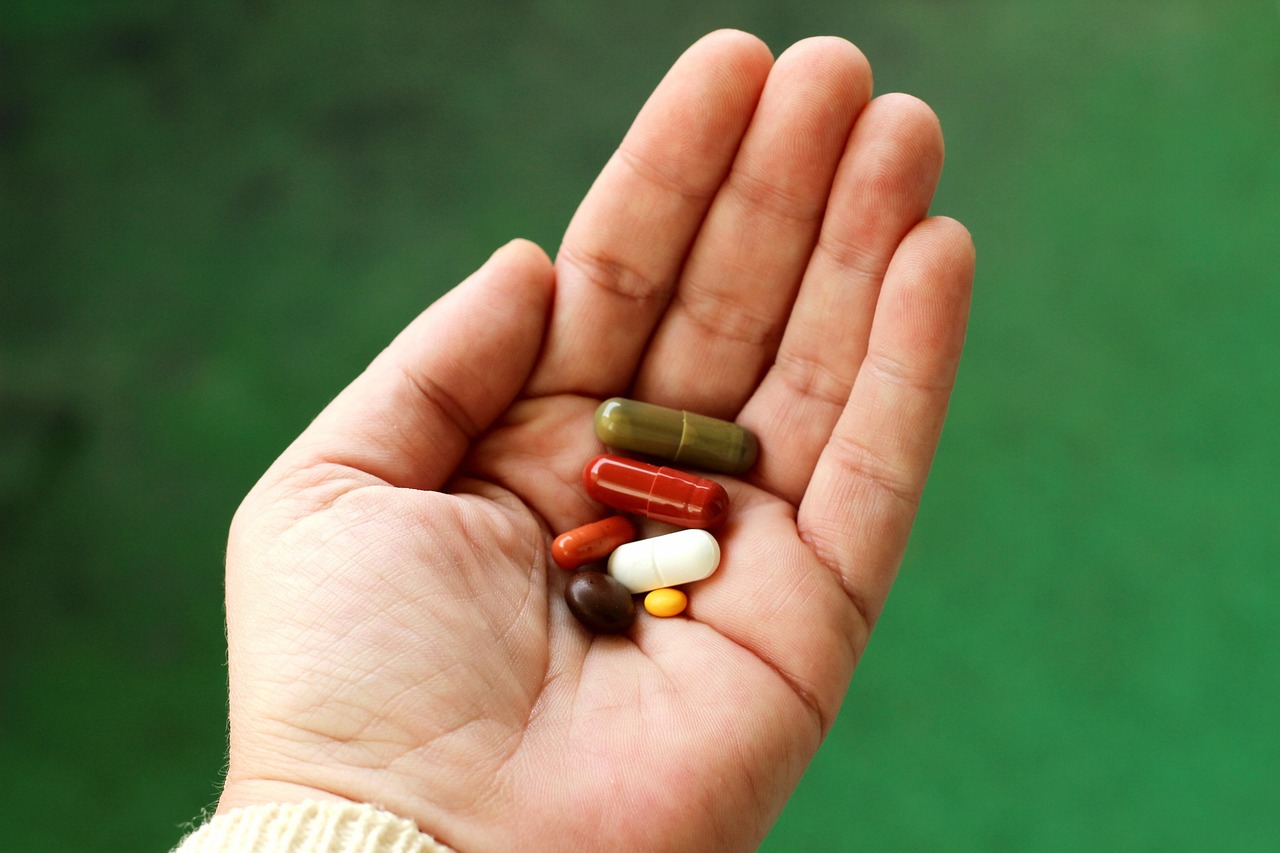
Even the most well-intentioned herbal detox can come with some bumps in the road. Here’s what you should watch out for:
- Herxheimer Reaction: Also called a “healing crisis,” this can show up as headaches, fatigue, or skin eruptions as your body dumps toxins. It can be uncomfortable, but it often means your detox is actually working.
- Dehydration: Diuretic herbs (like dandelion) can make you pee more, so up your water intake to avoid dehydration.
- Electrolyte Imbalance: Going too heavy on laxatives or diuretics can mess with your potassium, magnesium, and sodium levels.
- Allergic Reactions: If you’re prone to allergies, start any new herb slowly—especially if it’s not common in your current diet.
- Medication Interactions: For instance, St. John’s Wort can interfere with some antidepressants or birth control pills. Double-check with a qualified herbalist or health provider.
Extra Note: Pregnant or breastfeeding? Most practitioners recommend steering clear of intense detoxes, as mobilized toxins could affect the baby.
A Sample 7-14 Day Herbal Detox Plan

Ready to try your own cleanse? Here’s a simple, adaptable blueprint. Remember, everyone is different, so feel free to tweak based on your specific needs and any professional guidance you’ve received.
Days 1-2: Preparation
- Diet: Start phasing out processed goodies. That means put away the chips, cookies, and sugary beverages. Up your water intake.
- Herbs: Enjoy 1 cup of dandelion tea each morning. If you’re already a coffee fanatic, try doing half coffee/half dandelion to wean yourself off the caffeine jolt.
- Lifestyle: Get consistent sleep (7-8 hours). Maybe begin light stretching or yoga.
Days 3-5: Ramp It Up
- Diet: Focus on a mostly plant-based menu—veggies, fruits, some whole grains, beans. Keep proteins lean and portioned small.
- Herbs: Add in milk thistle tincture as per bottle instructions (commonly 20-40 drops, 2-3 times a day). Continue the dandelion tea.
- Lifestyle: Dry brush before your shower to stimulate circulation. If you can, schedule 15-20 minutes daily for a walk or gentle workout.
Days 6-9: Deep Cleanse
- Diet: Consider going heavier on liquids—like veggie soups, broths, or smoothies. This reduces digestion workload, giving your gut a bit of a break.
- Herbs: Introduce triphala at night (start with a half teaspoon of the powder in warm water) to keep everything “moving.” If tolerated well, you can increase to a teaspoon.
- Lifestyle: If possible, visit a sauna or take a hot bath (with Epsom salts) every couple of days to encourage sweating.
Days 10-14: Stabilize & Transition
- Diet: Reintroduce healthy proteins (fish, chicken, or lentils) in moderate amounts. Keep processed foods and sugar out.
- Herbs: You can gradually reduce the frequency of milk thistle or dandelion tea if you feel stable. Continue triphala if it’s helping your digestion.
- Lifestyle: Keep up your routine—sleep, light exercise, stress management. Aim for at least 2 liters of water daily.
This is just a framework; tweak it based on your body’s signals. Listen to how you feel—if something isn’t sitting right, dial back the intensity.
Signs Your Detox Is Actually Working

So how do you know you’re not just chugging weird teas for no reason? People respond differently, but here are some common indicators that your body is responding positively:
- Steadier Energy: Maybe you’re less reliant on coffee or energy drinks and still feel lively throughout the day.
- Regular Digestion: Constipation or gas might fade away, and bowel movements could become more consistent and comfortable.
- Glowing Skin: Fewer breakouts or dryness, and possibly a brighter complexion overall.
- Reduced Cravings: You’re not drooling over doughnuts or chomping chips at midnight anymore.
- Better Mood: Cleansing can help stabilize hormones—leading to fewer mood swings.
- Slight Weight Loss: Seeing the scale move isn’t guaranteed for everyone, but many do notice they’ve lost a few pounds (especially water weight).
Remember, short-term detox results can be subtle or quite obvious depending on your lifestyle beforehand. The real prize is how you carry these habits forward.
Keeping the Benefits Rolling: Long-Term Maintenance Tips
Finishing a detox can feel like a mini accomplishment (and it is!), but you don’t want to slip right back into old patterns. Here are some ways to maintain that post-detox glow:
- Stick to Real, Whole Foods: Even if you add back some favorites (like an occasional slice of pizza), try not to revert to a daily fast-food habit.
- Stay Hydrated: Keep a water bottle handy. Herbal teas are a great alternative to sugary drinks.
- Exercise Regularly: Find activities you actually enjoy—dance classes, hiking, cycling, or yoga—so you’ll stick with them.
- Periodic Mini-Detoxes: Maybe do a 1-2 day reset once a month, focusing on simple meals and herbal teas.
- Supportive Supplements: If you like how dandelion or milk thistle made you feel, keep them in your routine, even if just a few times a week.
- Manage Stress: Because stress hormones can mess with your metabolism and your mood. Incorporate daily mindfulness practices—prayer, journaling, breathwork, or anything else that keeps you centered.
- Sleep Like You Mean It: Aim for 7-9 hours. That’s when your body does much of its regeneration. Think of sleep as the final step in your daily detox routine.
Conclusion
Herbal detox is more than just weight loss or green juices—it’s a time-tested way to reset and support your body’s natural cleansing systems. By using herbs like dandelion, burdock, and milk thistle, you help your body release toxins and build healthier habits.
What makes herbal detox great is its flexibility—you can tailor it to fit your lifestyle and needs. But remember, detox is a tool, not a quick fix. Pair it with good nutrition, exercise, and stress management for lasting results.
So, brew that tea, hit the sauna, and embrace balance. And if in doubt, consult a health professional. Here’s to a lighter, healthier you!

